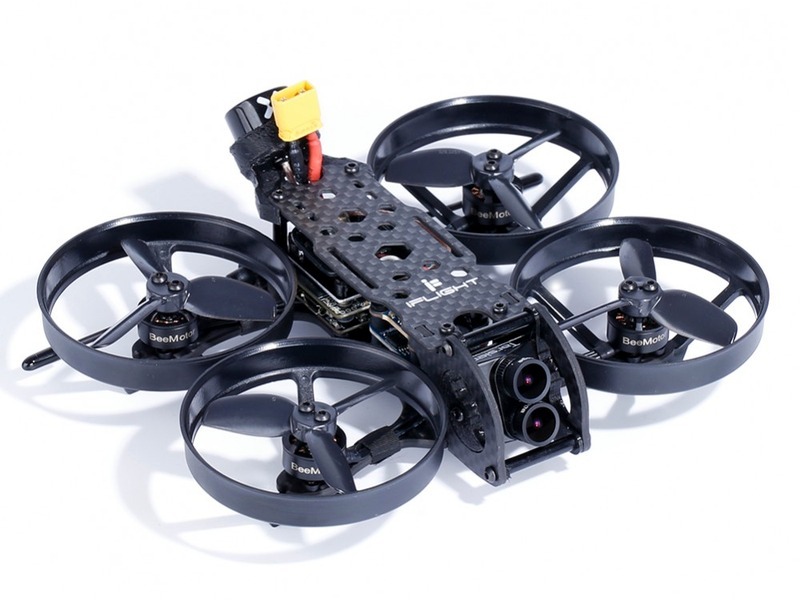Will the FAA know if I fly my drone over 400 feet?

Yes, the Federal Aviation Administration (FAA) will know if you fly your drone over 400 feet. The FAA has a variety of ways to detect and monitor drone activity, including radar, satellites, and other surveillance technologies.
The FAA has implemented a variety of regulations and guidelines to ensure the safety of the airspace. One of these regulations is the requirement that all drones must remain below 400 feet in altitude when flying. This regulation is in place to ensure that drones do not interfere with manned aircraft, which typically fly at higher altitudes.
The FAA has a variety of ways to detect and monitor drone activity. The most common way is through radar. Radar is used to detect the presence of aircraft and other objects in the sky. The FAA has a network of radar stations across the country that are used to detect and monitor drone activity.
In addition to radar, the FAA also uses satellites to detect and monitor drone activity. Satellites are equipped with sensors that can detect the presence of drones in the sky. The FAA also has a network of ground-based sensors that can detect the presence of drones.
The FAA also has the ability to detect and monitor drone activity through other surveillance technologies. These include cameras, infrared sensors, and acoustic sensors. Cameras can be used to detect the presence of drones in the sky, while infrared sensors can detect the heat signature of a drone. Acoustic sensors can detect the sound of a drone’s propellers.
Finally, the FAA also has the ability to detect and monitor drone activity through the use of radio frequency identification (RFID) tags. These tags are attached to drones and can be used to identify the drone and its owner.
In summary, the FAA will know if you fly your drone over 400 feet. The FAA has a variety of ways to detect and monitor drone activity, including radar, satellites, cameras, infrared sensors, acoustic sensors, and RFID tags. It is important to follow the FAA’s regulations and guidelines to ensure the safety of the airspace.
Comments / Question
2. Become familiar with the FAA’s Part 107 regulations, which outline the rules for flying drones.
3. Always fly within visual line of sight (VLOS) of the drone.
4. Do not fly over people or moving vehicles.
5. Do not fly over 400 feet above ground level (AGL).
6. Stay away from airports and other restricted airspace.
7. Do not fly in adverse weather conditions.
8. Make sure to register your drone with the FAA.
9. Always keep your drone within your control and within your sight.
10. Make sure to follow all local laws and regulations.

